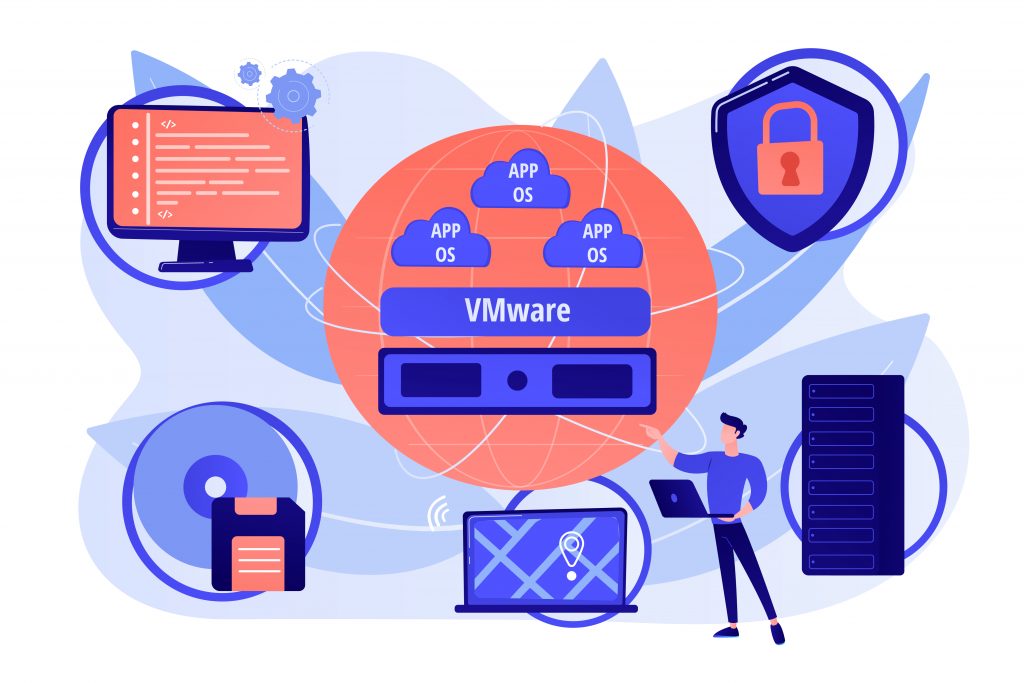Understanding The Role Of Static Proxies In Networking
Cisco’s new data reveals that static residential proxies reduce detection rates by 45% versus data center proxies. That means network security changes with them.
Static proxies give you a consistent IP address, a protective barrier between you and the Internet. They stay put while other proxies rotate addresses—ideal for managing online stores, tracking SEO, or accessing networks remotely.
Are you ready to improve your network security? We’ll look at the role of static proxies in networking and how static proxies can keep your data safe and help your online work.
Key Roles of Static Proxies

1. Smart Storage Makes Networks Faster
Frequently accessed data is stored in static proxies to speed up network and performance. They use a three-tier storage system based on how often content is accessed:
Content that is most popular stays in fast-access memory.
Content moderately accessed goes on solid-state drives.
Content that is rarely used moves to slower storage.
These proxies use specific tools to work efficiently:
Refresh limits for outdated information.
File compression to save space
Predicting content to load data before the user needs it.
This static proxy server technology benefits major companies. For example, it helps Netflix stream high-quality video quickly, even during busy hours. Businesses use static proxies globally to serve content that is closer to their users, reducing loading times.
2. Keeping Networks Safe and Following Rules
Smart filtering systems control the network traffic with basic rules and advanced AI technology, which we call static proxies. They protect networks in several ways:
Updated threat lists block harmful websites while content is scanned for dangerous patterns or malware. These proxies can also check encrypted traffic to ensure compliance with security standards.
Different industries use these features for specific needs:
They block inappropriate content and gaming sites
Hospitals protect patient data
Banks stop unauthorized access to financial platforms
This system detects unusual behavior and can block dangerous or outdated connection methods using machine learning.
However, there are some challenges. Legitimate websites are sometimes blocked by mistake, and detecting threats in encrypted traffic is more complicated.
3. Protecting Your Network
Static proxies are security guards for your network, combining firewall protection with advanced threat detection.
Residential IP addresses are used to hide your real servers. Attackers see the proxy’s IP address when they try to attack your network, which appears to be normal internet traffic.
Static proxies can also help stop DDoS attacks by scattering traffic to many servers. They use security tools to block attacks, such as SQL injection and cross-site scripting. If they fail to log in three times, they block those IP addresses automatically.
They also determine what parts of your network can communicate with each other. For instance, HR systems can connect to payroll databases, but engineering servers can’t. Security breaches are prevented by checking API keys, and request limits the proxies put on.
4. Managing Network Speed for Better Performance

Network speed management is vital when resources are limited. Static proxies use traffic shaping and throttling to control bandwidth use.
Traffic shaping controls data flow for smooth transmission. It gives more bandwidth to critical tasks like VoIP calls and cloud backups. Businesses can direct more bandwidth to essential systems like ERP during work hours.
Throttling works differently by slowing down less important activities. It limits bandwidth for things like streaming videos or downloading large files, keeping essential services running well.
For example, companies often reduce streaming speeds during peak work hours. These methods help organizations save money and better use existing resources. They also improve the user experience by preventing network slowdowns.
5. Connecting Different Types of Systems
The many ways modern IT systems use to communicate can cause connection problems. Static proxies solve this by translating between different communication methods.
A key use is converting regular HTTP web traffic to secure HTTPS. Data is encrypted during transmission with static proxies, allowing companies to fix security without replacing their entire system.
Static proxies can also make older systems work with new ones. For example, healthcare and finance systems are still using old FTP protocols. They convert these to modern secure protocols such as SFTP.
That means organizations do not need to change their business practices if they continue to use their existing systems and add new technology without downtime.
6. Managing Network Addresses

Network Address Translation (NAT) exchanges network addresses at the packet layer. Using NAT, static proxies allow many devices to connect to external networks using a single public IP address.
Static NAT is a fixed link between private and public IP addresses. This works well for servers that require a continuous connection. For instance, a company’s internal web server can use the same public IP address to stay accessible from outside.
Dynamic NAT works differently. It provides public IP addresses based on a pool. This is useful when many internal devices sometimes need internet access. For example, office workers can share a few public IP addresses at the web browsing level.
Security is improved by hiding internal networks, while managing IP addresses becomes easier.
Final Thoughts
Static proxies speed up your network and make it more secure and controllable. However, you need a solid setup plan to achieve the best results. Proxy technology is still improving, and the world of networking moves fast.
Are you ready to upgrade your network? Learn the latest proxy features and best practices.

Vizologi is a revolutionary AI-generated business strategy tool that offers its users access to advanced features to create and refine start-up ideas quickly.
It generates limitless business ideas, gains insights on markets and competitors, and automates business plan creation.


